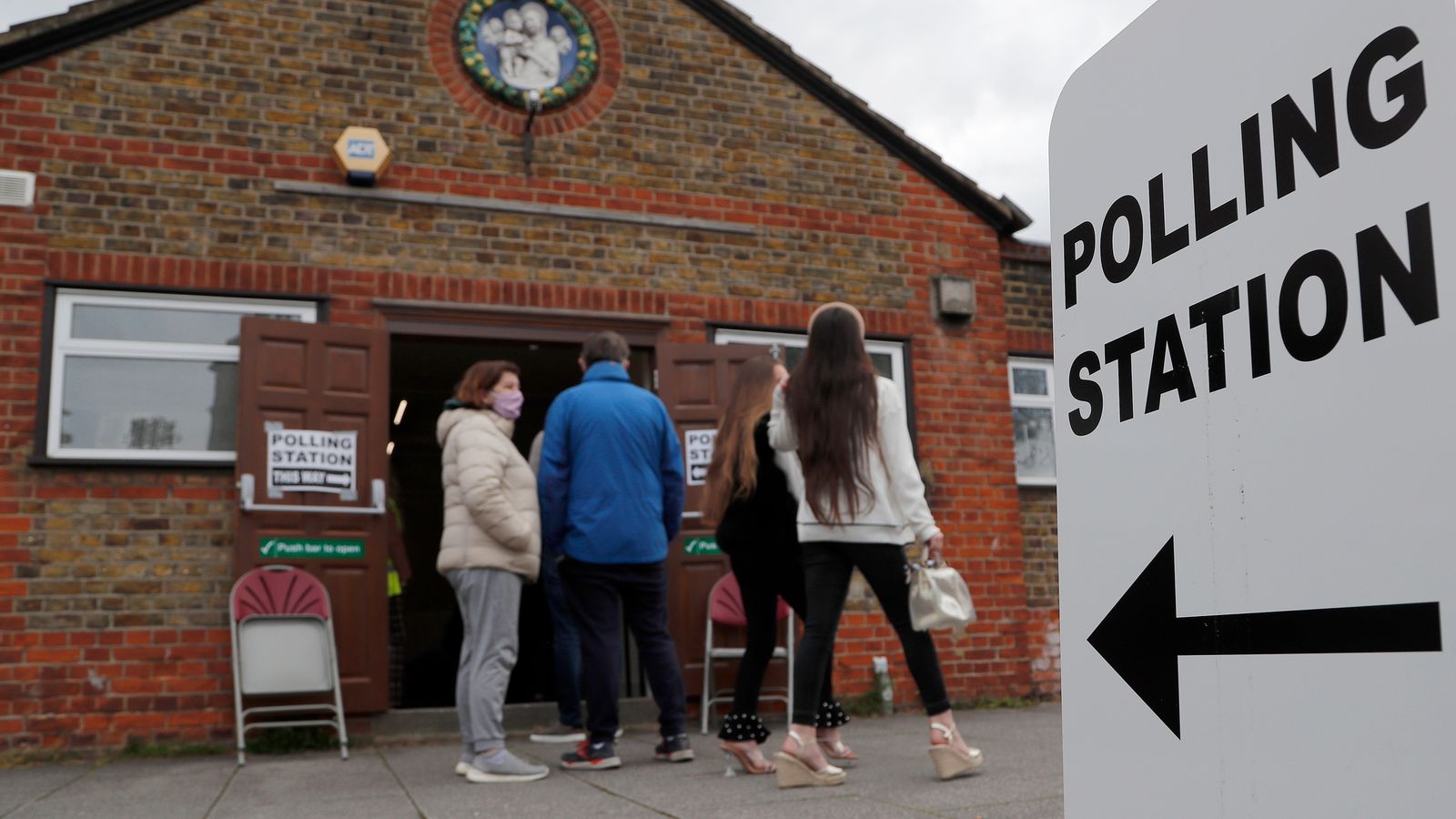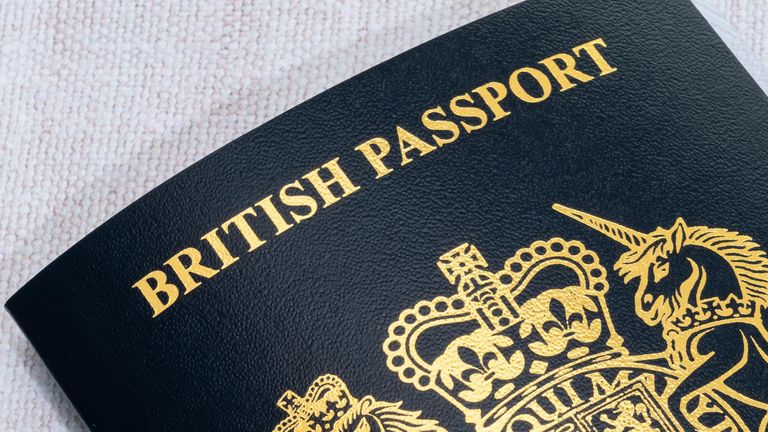Voters heading to polling stations in England on 4 May will need to provide photo ID for the first time.
There are fears some people could lose out on their right to vote as up to 3.5m people don’t have existing photo ID – and only around 50,000 people have applied for voter ID.
Here’s everything you need to know about what forms of ID will be acceptable and what to do if you need to apply for a voter ID.
What are the rules across the UK?
English voters will need to bring photo ID to vote on 4 May at the local elections. We’ll explain the types accepted below.
In Northern Ireland, voters have until 5 May to apply for an electoral identity card, in time to vote in the local council elections there on 18 May. But voters there are used to the rules – photo ID has been required to vote since 2003, with ID needed since 1985.
In Scotland, the voter ID rules apply from 4 May for UK parliamentary by-elections and recall petitions. From October 2023, they will also apply for general elections.
The same rules apply if you’re voting overseas.
It’s the same in Wales, with police and crime commissioner elections also included from 4 May onwards.
What ID can you use to vote?
Most forms of existing photo ID will be accepted, including:
• UK or Northern Ireland photocard driving licence (full or provisional)
• driving licence issued by the EU, Norway, Iceland, Liechtenstein, the Isle of Man or any of the Channel Islands
• UK passport
• passport issued by the EU, Norway, Iceland, Liechtenstein or a Commonwealth country
• PASS card (National Proof of Age Standards Scheme)
• Blue Badge
• biometric residence permit (BRP)
• Defence Identity Card (MOD form 90)
• national identity card issued by the EU, Norway, Iceland or Liechtenstein
• Northern Ireland Electoral Identity Card
• Voter Authority Certificate
• Anonymous Elector’s Document
You can also use one of the following travel passes:
• older person’s bus pass
• disabled person’s bus pass
• Oyster 60+ card
• Freedom Pass
• Scottish National Entitlement Card (NEC)
• 60 and Over Welsh Concessionary Travel Card
• Disabled Person’s Welsh Concessionary Travel Card
• Northern Ireland concessionary travel pass
Voters can still use photo ID that it is out of date, as long as it still looks like them and the name is the same one used to register to vote.
If you don’t have any photo ID – what should you do?
If you don’t have any of the accepted forms of photo ID, you can apply for a Voter Authority Certificate.
It’s free and you can apply online or by post. The deadline for applications is 5pm on 25 April.
You must have already registered to vote to apply for a voter ID.
To apply you will need a recent photo and your National Insurance number.
You can still apply if you do not have a National Insurance number – you’ll just need another way to prove your identity, such as a birth certificate, bank statement or utility bill.
What ID do you need if you’re voting as someone’s proxy?
You’ll need to take your own ID if you’re voting on someone else’s behalf. You do not need to take theirs.
Can you still register to vote?
The deadline for registering to vote in England, for people who have not previously registered or have moved house, has now passed for the 4 May local elections.
The deadline was 11.59pm on 17 April.
In Northern Ireland, voters have until 11.59pm on 28 April to register for the 18 May elections there.

